This is Swiss watchmaker’s 29th time at the Games.
READ ALSO:
Since its humble beginnings as Official Timekeeper of the Olympic Games in 1932, at which it timed every event with just 30 stopwatches, OMEGA has designed, developed an d produced the world’s most advanced sports timekeeping equipment.
Omega’s presence in Tokyo, furnished with everything from hand-forged last lap bells to 21st century photofinish cameras, traces the watchmaker’s technological evolution through compelling stories and displays. This shows a clear arc, from deciding medal winners with a chronograph and a keen eye, to measuring units of time, like one millionth of a second, in an instant.
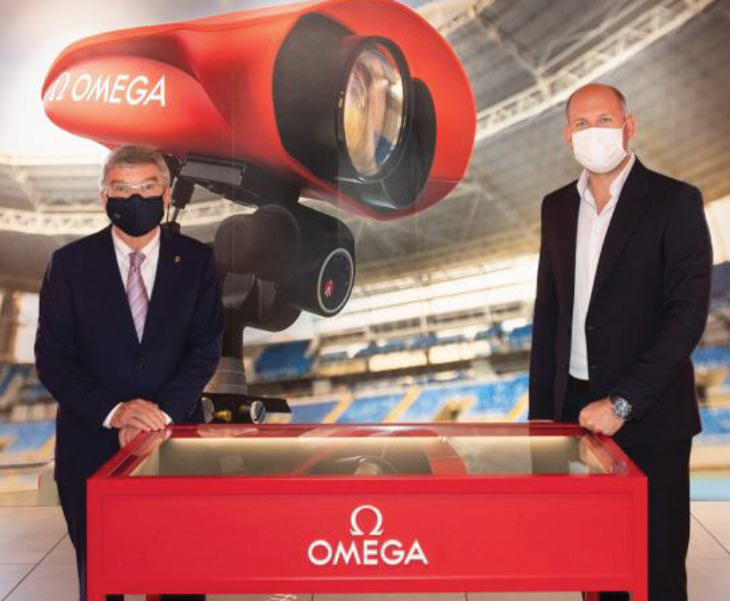
Reflecting on the enduring partnership between the governing body and its timekeeper of choice, International Olympic Committee president Thomas Bach praised Omega’s service to the dedicated Olympians.
“The Olympic Games is about sports, and sports is about results. Without Omega, there are no results,” Bach says, adding they are always excited about the timekeeper’s innovative developments. “We have the same interests—to serve the athletes, to enrich their experience and enrich the experience of fans all over the world.”
All Around
While athletics and swimming come immediately to mind when it comes to Omega’s timekeeping duties in Tokyo, many of the other events showcase the extent of their participation.
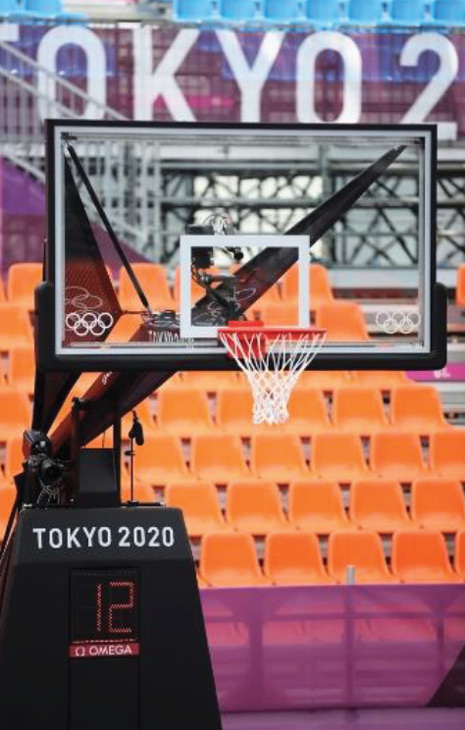
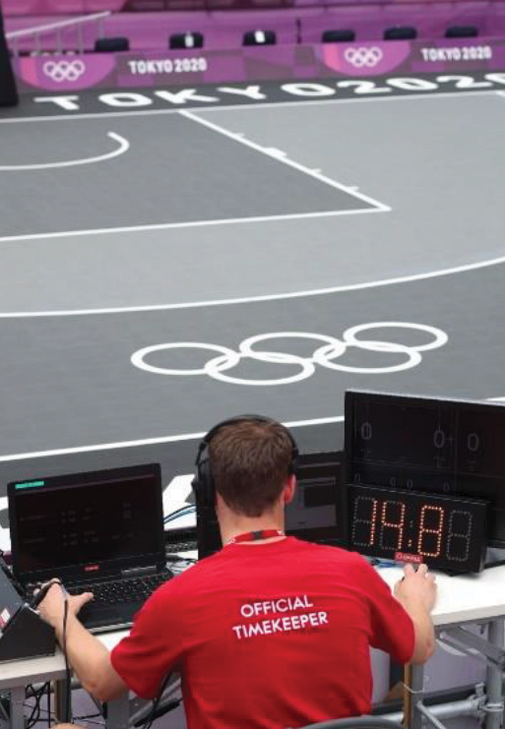
In 3×3 basketball, for example, Omega provides a regulation hoop. This is fitted with a shot clock to countdown the crucial 12 second period in which a competitor must score, or allow the opposing side possession of the ball.
The backboard lights up when a player scores a point. Omega also provides on-court scoreboards and spectator scoreboards, suspended above the play.
Meanwhile, in fencing, where Fil-Am Lee Kiefer made history a few days ago, competitors bout on a special floor.
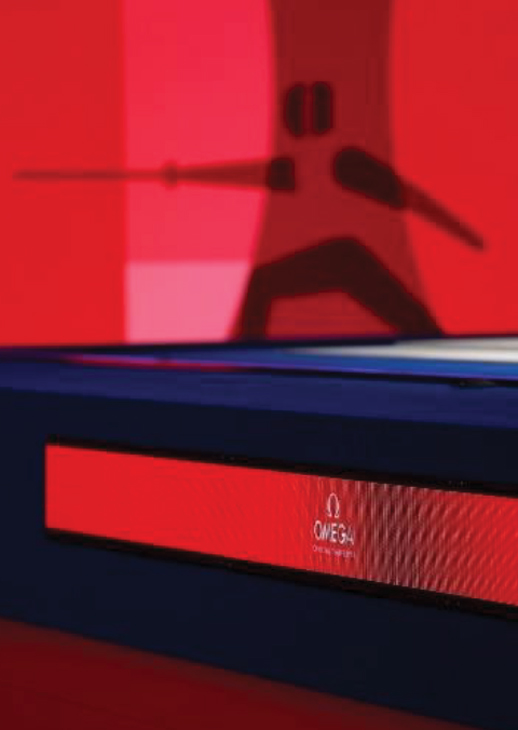

In Tokyo, there are five color-coded fields of play, four for pre-finals and a central area for the finals.
The competitors are fitted with sensors by the watchmaker, at the weapon tips and in the armor, which transmit contact or “hits” wirelessly to a central data system: Omega’s technical table, an application configured in line with the sport’s scoring needs and regulations.
Each piste or floor has a panel of judges, equipped with Omega’s video adjudication system, which provides details of the action. It also provides scoreboards complete with three-minute bout countdown, as well as smaller repeater monitors for the competitors to check scores.
Role player
Sensors are also placed on the Taekwondo competitors. The helmets, vests and even the gloves and socks, gather data on pressure and blows.
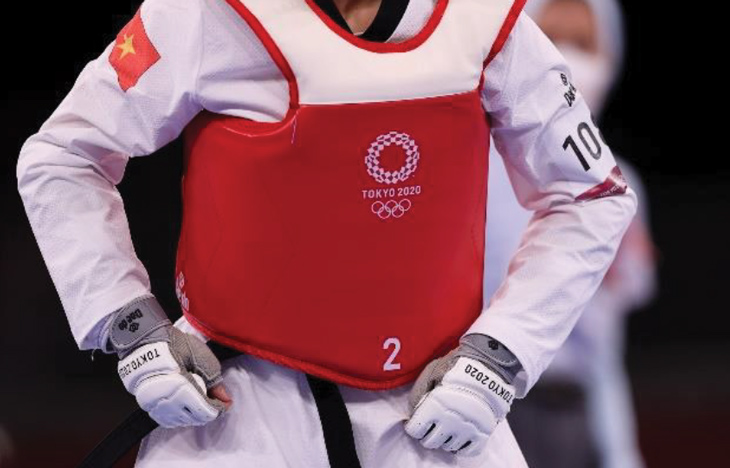
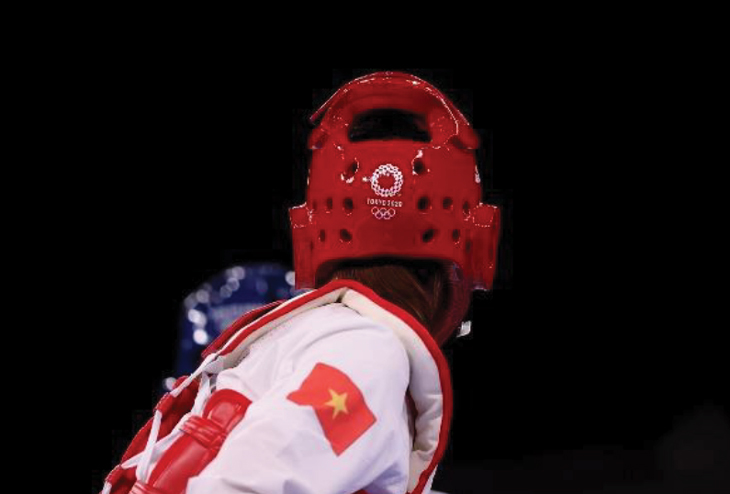
This data, sent to Omega’s technical table, is used for judge’s decisions and scoreboard read-outs. It also provides video screens and scoreboards, including smaller scoreboards on the field of play, or mat.
The Swiss brand has often described its role as “Recording Olympic Dreams” and OMEGA Timing CEO Alain Zobrist couldn’t agree more. He is well aware of the part timekeeping technology plays in producing life-changing moments.
“As the Official Timekeeper we’re always amazed at how the machines we work on generate such powerful human emotions,” Zobrist says.
Tokyo 2020 is OMEGA’s 29th time as Official Timekeeper of the Olympics, a role the brand will soon reprise in Beijing for the Winter Games slated for February next year.





